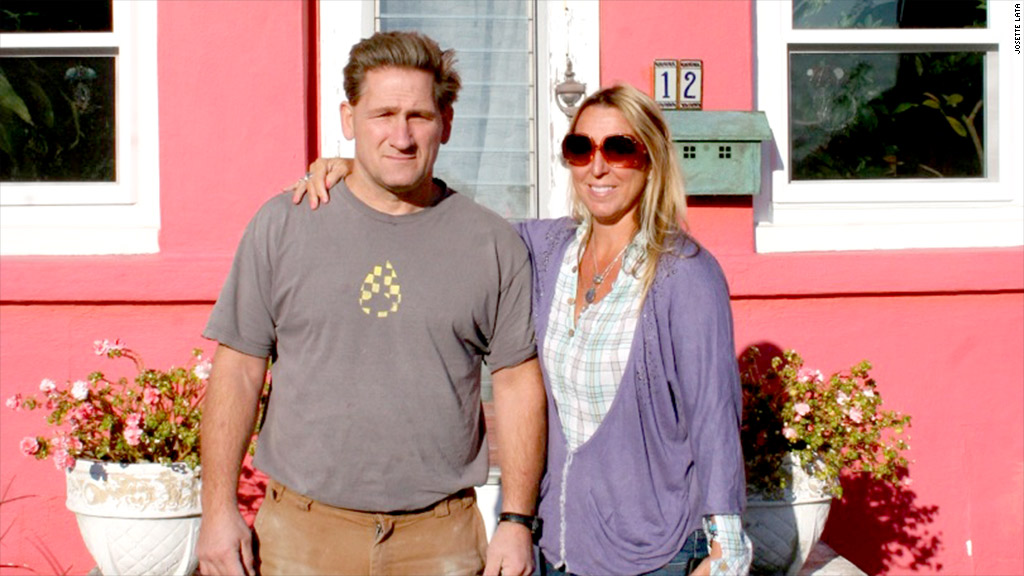
Many victims of Superstorm Sandy have still not recovered financially -- and for some, the damage will be permanent.
One major issue Sandy victims have: Their dealings with FEMA, the Federal Emergency Management Agency.
One year after the storm, Josette Lata and her husband Ed O'Kinsky have spent about $70,000 working on their property in Pine Beach, N.J.
Water damage accounted for most of the couple's costs, but their insurance covered only wind damage and provided just $3,500.
Related video: Sandy survivors mark 'year from hell'
The couple also received a $31,000 grant from FEMA. Much of that, however, went toward rent on a house where they lived while working on their property.
And the FEMA money came with strings attached, requiring them to buy flood insurance through the National Flood Insurance Program (NFIP). That insurance, though justifiable, could eventually cost $30,000 a year, according to Lata, a producer of photo and video shoots.
Not only that, but Lata and O'Kinsky feel that FEMA's guidance after the storm was costly.

First, the agency told them to make repairs quickly. The goal, says FEMA now, was to get people out of pricey temporary housing as soon as possible.
But then FEMA released new flood zone maps that put their home into the highest risk zone, requiring them to raise the house. Now, some of the early repairs have to be redone.
They've kept repair costs as low as possible with O'Kinsky doing much of the work himself. They also got help from volunteers with Waves for Water. O'Kinsky, a firefighter, has also helped other Sandy victims rebuild.
Related: Ravaged by Sandy but back in business
Timothy and Michelle Kelly had similar issues with FEMA, and still have not returned to their Long Beach, Long Island house.
The couple -- she's a teacher and he runs a pottery store -- got $74,000 from their flood insurance claim.
They then followed the FEMA playbook, and got going right away on repairs. They dealt with the electrical and hired a company to clean and sanitize the house.
But in January, their insurer notified them that the new flood zone risk calculations meant that they also had to raise the house. They found it was cheaper to knock it down and rebuild. The money spent on initial repairs was wasted.
"I'm glad all we did was clean the house and put in the new electricity," said Michelle.
The cost to rebuild will be around $300,000, and the couple is looking for help.
They were selected to receive donations rung up by ultra-endurance athlete Jason Lester, who ran 3,500 miles across America and raised about $20,000 for them.
Related: Top 10 cities to buy rental properties
George Morafetis owns a bungalow in Staten Island, N.Y., that took on six feet of water during the storm, causing interior damage. And the weight of the surge shifted the house on its foundation.
"It's not a total loss," said Morafetis, an actor who has appeared in movies and on a couple of episodes of "Law & Order." "My framing is tight and held up pretty well."
But he also is being hit with expensive changes because of new flood insurance rules.
For example, his street is being widened to help lessen the impact of future storms, and that means he will have to chop four feet off the front of his bungalow.
But to qualify for a FEMA grant of $20,000, he will also have to raise his house. That effort brings with it costs, such as a soil sample analysis to determine whether it can support a new foundation and getting an elevation certificate to determine his insurance rate.
"I'll spend [$20,000] before I can even request the grant," he said.


